A Profile on Jack Roland Murphy
The Murf, the myth, the legend.
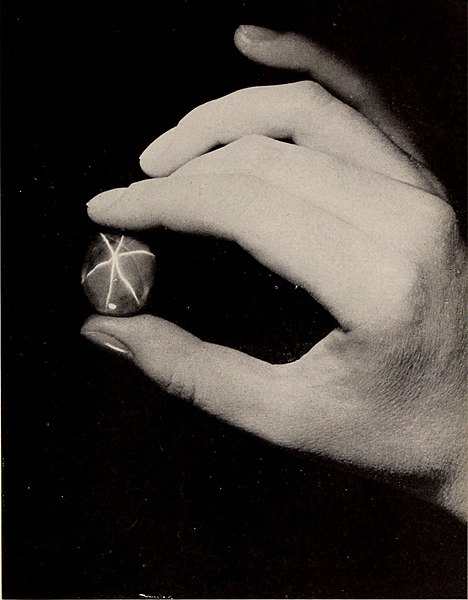
Internet Archive Book Images, No restrictions, via Wikimedia Commons
Here is the India Star Ruby, in a photograph taken in 1911. It was discovered sometime in the early 18th century, and incorporated into the AMNH’s collection in 1905.
I’ve gone to the American Museum of Natural History numerous times in my life. Each hall holds a special place in my heart – especially the hall of gems and minerals, with all of its unrivaled stones. Although my visits to the museum have dropped off over the years, seeing the newly-renovated Alison and Roberto Mignone Hall of Gems and Minerals with my dad this past January 2023 has been a highlight of my year. As we observed the new-and-improved (and very secure) display cases, my dad said, “You know, in the 60s, a guy pulled off a jewel heist and stole the Star of India.” When I inquired, he explained that the man’s name was Murf the Surf and, as the name suggests, he started out as a surfer. As we boarded the C train to head home, I pulled up the Wikipedia page on the man in question. Nothing could have prepared me for what I read on that ride. So, without further ado, I present to you a Profile on Jack Roland Murphy.
—
Jack Roland Murphy (born Jack Ronald Murphy as per the California Birth Index) led a wild life. Born in Los Angeles County in 1937, Murphy moved around constantly as a child. His father was either an electrical contractor or a telephone lineman (depending on which interview you read). He attended the University of Pittsburgh (possibly with the university’s first tennis scholarship) for some time but left when he “got tired of the snow.”
On to Miami he went, where he discovered surfing for the first time. In 1962 he won the Daytona Beach Surfing Championship. He opened a surf shop, and turned to fencing jewels when it went under. He married twice and divorced twice. In 1964, when his Miami mansion hauls became monotonous, Murf the Surf set his sights on the hotels and manors of New York City.
Along with partners-in-crime Allan Kuhn and Roger Clark, Murphy set up shop in a penthouse suite at the now-closed Cambridge House Hotel. The three alternated between partying and purloining. On one October night, seemingly on a whim, the idea to rob the museum took root. As Murphy remembered, “Allan said he could hear the jewels talking. He said, ‘The jewels are saying, ‘Take us to Miami.’ So I said, ‘Well, let’s take them to Miami.’”
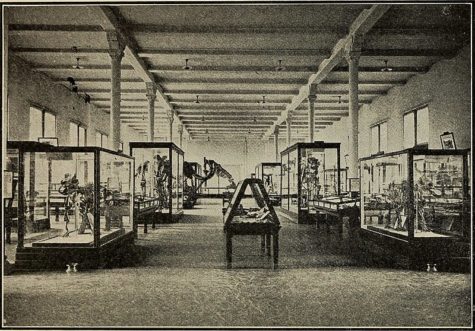
In their inspection of the soon-to-be crime scene, the former surfers discovered that the windows of the fourth-floor exhibit were left open overnight and that there was only one security guard posted in that section of the museum. On the night itself, Clark stood guard while Kuhn and Murphy grabbed some rope, scaled a fence, and swung through the windows left open for ventilation. They discovered an even more delightful detail once inside: the burglar alarms had been turned off long ago. As Murphy conjectured, “They probably thought, ‘Why do we need alarms? These jewels have been laying here for 70 years and no one’s ever tried to steal them.’” The men made quick work of the robbery, using duct tape and a glass cutter to steal the Star of India, the Eagle Diamond, the DeLong Star Ruby, and twenty-one other unparalleled gems.
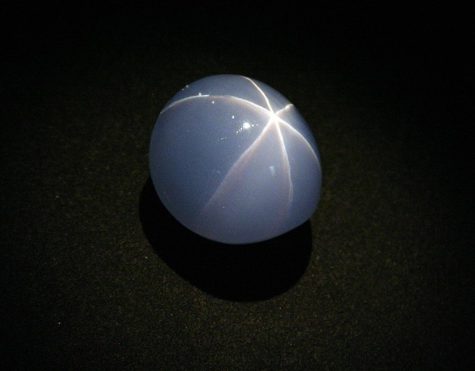
As Murphy recalled, he ran into some police officers changing shifts as he left with his haul. With the bag of jewels slung over his shoulder, “I just said, ‘Good evening, officers’ and they gave me a nod and kept walking.” The press was at the museum within the hour; it didn’t take them too long to discover who had stolen the treasures either. Hotel staff notified the police that the three raucous men from Miami disappeared the day after the heist made headlines, and so the hunt was on.
Roger Clark was picked up at the hotel as he had remained in New York. But Kuhn and Murphy had already fenced and stashed the jewels in Miami by the time detectives caught up with them. The men didn’t stay in jail long. Their bail set low, they returned to Miami and resumed reveling in opulence. The men denied the crime at each court date (never mind them turning around and bragging about the heist to the reporters eagerly waiting outside the courtroom) – until their assigned prosecutor Maurice Nadjari re-arrested them on charges of mugging one Eva Gabor (yes, that Eva Gabor). She never pressed charges, but they were grounds enough to keep the men jailed, and being jailed was unbearable enough for Kuhn to offer to retrieve the jewels.
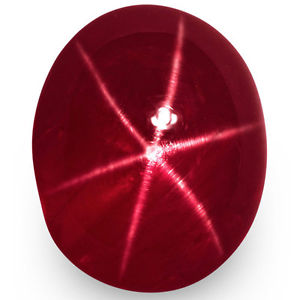
Some of the gems, like the Star of India and the DeLong Star Ruby, were recovered, found in a Miami bus station locker and phone booth respectively. Over half never were. The Eagle Diamond seems to have been cut up and resold to the museum as a different stone.
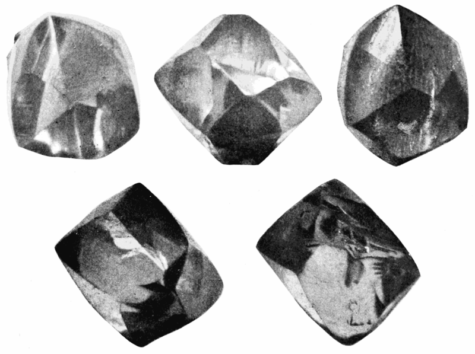
Murf the Surf didn’t stop there. Though Allan Kuhn and Roger Clark faded back into obscurity after their two-year stint at Riker’s, Murphy returned to Florida and his life of crime. In 1967, he was arrested again, along with Miami man Jack Griffith for the murder of two secretaries at a brokerage. The women had stolen 500 grand in securities and passed it along to Murphy to be fenced. When they threatened to talk if the men didn’t give them their fair shares, they were invited on a midnight speedboat ride that they didn’t leave alive. The men blamed each other in court for the killings: Griffith ended up with 45 years and Murphy with a life sentence.
In 17 years, he was out again because of his alleged Evangelist revelation. In the years leading up to his release, he taught illiterate inmates how to read and write, led Bible studies, and even resolved conflicts between prisoners and guards. In 1986, he was invited to a parole hearing, and in 2000, his lifetime parole sentence was dropped. After his release, Murf the Surf divided his time between raising a family, surfing, and traveling to prisons across the world to preach “God business.” He died in 2020, at age 83, after a life wildly lived.
‘The jewels are saying, ‘Take us to Miami.’ So I said, ‘Well, let’s take them to Miami.’
Felicia Jennings-Brown is a Copy Chief for ‘The Science Survey.’ What she appreciates the most about journalistic writing is its use as a channel to...










